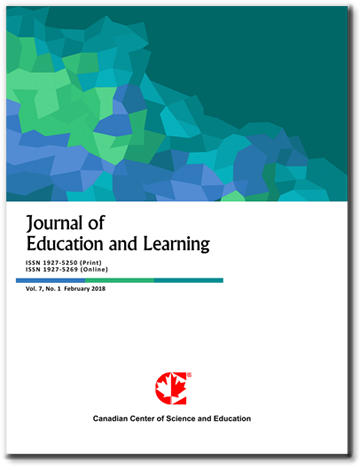The Effectiveness of Integrating CEFR-Aligned English Instructional Program with Gamification
- Chalida Sanemueang
Abstract
The proficiency of English language in Thailand is considered as a crucial factor prioritized across various sectors to enhance the population’s capacities. All educational institutions, from kindergarten to tertiary levels, emphasize the improvement of English competence through diverse pedagogical approaches and the application of the Common European Framework of Reference for Languages (CEFR) for assessment. Therefore, this study examines the effectiveness of integrating CEFR-aligned English instructional program with gamification in enhancing English proficiency. A pretest-posttest experimental design was conducted with 33 demonstration school students who participated in the CEFR-aligned English instructional program integrated with gamification. In this study, the instructional program targeted CEFR A2–B1 levels, and integrated with gamification elements such as Kahoot, Padlet and Quizlet incorporating leaderboards, rewards and collaborative quizzes to enhance proficiency and engagement. The study focused on three skills such as listening, reading, and grammar skills, aligning with the achievement tests and CEFR standardized test. Statistical analyses, including t-tests and Spearman’s correlation, were employed to evaluate the program’s impact. The findings revealed a significant improvement in posttest scores (M = 34.33, SD = 9.983) compared to pretest scores (M = 28.36, SD = 8.961), with a highly significant effect (p < .001). Correlation analysis further demonstrated an intrinsic correlation between pretest and posttest scores and CEFR level progression (p < .001). Moreover, students’ perceptions of the integrated instructional program were overwhelmingly positive, indicating that gamification effectively enhanced language acquisition, motivation and engagement. These findings highlight the effectiveness of integrating CEFR-aligned English instructions with gamification in fostering English proficiency and advancing students’ progression to higher CEFR proficiency levels.
- Full Text:
 PDF
PDF
- DOI:10.5539/jel.v14n5p123
Journal Metrics
Google-based Impact Factor (2021): 1.93
h-index (July 2022): 48
i10-index (July 2022): 317
h5-index (2017-2021): 31
h5-median (2017-2021): 38
Index
Contact
- Grace LinEditorial Assistant
- jel@ccsenet.org
